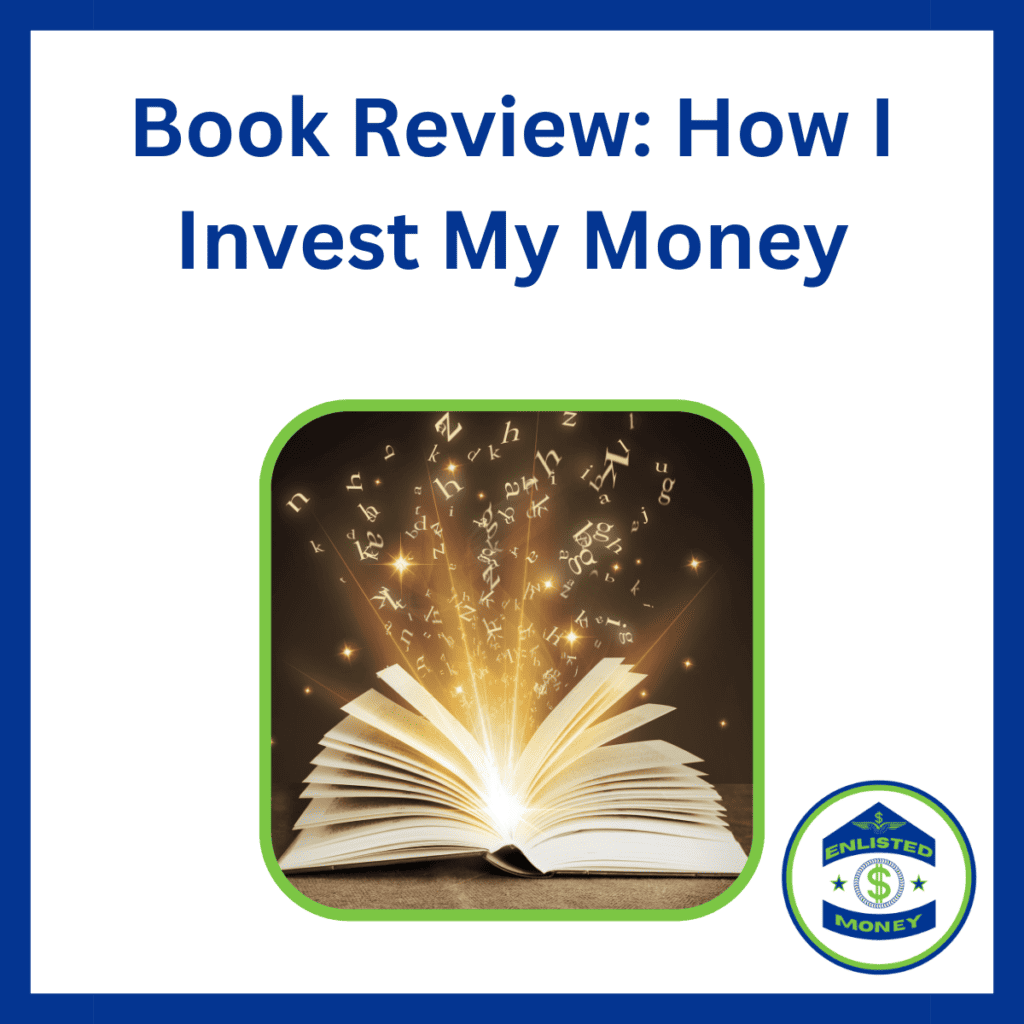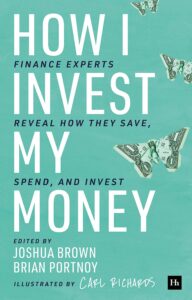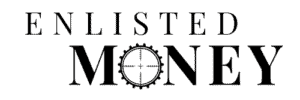
Investing seems to be the one thing everybody gets excited about. That’s also one of the areas where I see people arguing the most about what’s the “right” thing to do. When I heard about the book, How I Invest My Money, I was really intrigued to hear how financial planners and professionals actually invest their own money.
Often, people giving advice on how to invest for a living are guarded about how they actually invest their money. There may be good reasons for this, but it leaves a key component out of how you structure your finances. Here’s some of my key thoughts and takeaways after reading the book.

Passive Index Investing Still Rules the Roost
For nearly all the examples in the book, investing in passive index funds or ETFs played a central part in their investment strategy. There were some exceptions, so it was neat to hear about their investing philosophies. This just further solidifies my own belief that passive index funds like those offered in the Thrift Savings Plan (TSP) are the cornerstone to retirement investing for enlisted service members.
The TSP is where most of my money is invested, but I do have a Roth IRA for myself and one for my wife as well. As soon as my son starts having earned income, we’ll open a Roth IRA for him as well.
Investing is NOT the Most Important Part of Personal Finance
A common theme throughout the book was that the goals you have in life are more important than the actual investments themselves. I think financial planners and finance professionals have an advantage over most folks in this regard. They can “zoom out” and see the mathematically optimal choices versus what people actually do – and why.
The underlying “why” of investing makes perfect sense from the perspective of a real human being living their life on their terms. A common example is the choice to pay off a mortgage early with an interest rate lower than inflation or other investment returns. There are plenty of articles out there to show paying off your house early may not be the mathematically optimal choice, but it may be the best emotional or peace of mind choice.
Morgan Housel’s section of the book mentions this. He also talks about this in his own book, The Psychology of Money (which I highly recommend). For me personally, I’m a fan of sticking to what I can guarantee. My article on debt is definite gives you a better idea on my thoughts about trying to keep debt to possibly earn more in your investments.
Lack of Money in Childhood was a Common Thread
It was interesting to see how many of the authors within the book started life with limited financial means. They’ve figured out how to overcome those financial barriers and now work to help others do the same. I found this interesting because I’m on a similar trajectory and wonder how much this has subconsciously shaped my own path.
I wasn’t the poorest growing up, but there was no “extra” money. It was clear I’d have to work hard for anything I wanted in life. My parents instilled the values of hard work and entrepreneurship in me instead of handing me cash (which they didn’t have anyway). I actually think those values will make me more money over time than any sum of money they could’ve given me.
I just really felt “at home” reading the stories of folks who started somewhere similar to me in life. I get inspiration knowing that even the “little people” like me can grow to make an impact on others. Where you start IS NOT where you have to finish – you can write a lot of your own story.
Some Sections Changed My Perspective
I expected passive investing to be a common theme throughout – it’s the most tried and true method of building low-risk wealth. However, there were some chapters which challenged my perspective on investing.
Investing in Memories
Bob Seawright’s chapter of the book really made me think, dream, and reimagine what might be possible for us. The chapter starts off talking about the death of his mother-in-law and how her cottage was a “family fulcrum” for building memories together. When I read this part of the book, every part of my being said, “I want THAT!”
Just thinking about having a “home base” for vacations and family gatherings warms my soul. I’m going to make my wife read this chapter as well. I’m also planning to visit the Adirondacks because it sounds amazing. Regardless, I have a new dream to create a permanent space to build timeless memories for generations of my family to build stories and memories around.
This section of the book spurred more emotion and excitement than any other part of the entire book. Honestly, I think it’s worth reading the book if you only read this one chapter. I’ll definitely be looking for more content from Bob Seawright.
Passive Investing is Delegated Active Investing
Howard Lindzon’s chapter made me think a bit about the whole passive versus active debate. I personally don’t think there will ever be a consensus on which is “best.” Honestly, there doesn’t need to be a winner in this regard – both passive and active investing have their place. They can also coexist quite well.
He obviously has a clear gift for finding and investing in great companies. On the other hand, he’s not “all in” on those things either. He states he holds a lot of cash too. I also like how he has many streams of income through his investments and businesses.
I think my big takeaway from this section is he’s thought through everything he does and has clear conviction about his investing beliefs. It seems he fully understands the risks he’s taking and owns the outcomes of his investment philosophy.
Intention and Reason are Key Tenets
The last big takeaway I got from the book is this: each financial professional in the book has defined exactly what and why they invest the way they do. I haven’t fully developed this for myself – and it’s next on my to-do list. I’ve learned, and believe myself, investing in “the market” as a whole will yield long-term results. Dollar cost averaging works.
However, I haven’t put much time or effort into developing true conviction and confidence behind why and what I’m investing in. I’ll be diving into this very soon. I know what I’m doing now will work. However, if I am to lead others on their investing journey, I need to build more confidence and conviction.
I’ve been trained to evaluate a portfolio using statistical analysis and key performance metrics, so that’s what I’m going to do. At the end of it, I’ll publish my own article on how I invest my money. If you want to follow along as I delve deeper, sign up for my email newsletter.
Closing Thoughts on How I Invest My Money
I was very pleased with how easy the book was to read. There are some terms and jargon which make some concepts talked about hard for “ordinary” (non-financial professional) readers to follow (odd-lot municipal bonds for instance). However, the chapters are short and easy to comprehend overall.
I feel this is a great starting point for someone to get perspective on their own investment journey. I read a lot of books, but most don’t spur me into action. How I Invest My Money is one of the most thought provoking and action-inducing books (for me) I’ve ever read!
I’m finding my mind on overdrive thinking about how much more I need to learn, do, and accomplish in this area. I’m going to do the following because of this book:
- Write this Article (the one you’re reading now).
- Make investing my next focus area for my Enlisted Money content in the month of August 2023.
- Finally get started on the Enlisted Money Investment Guide (I’ve been thinking about this for a while).
- Purchase 5 copies of How I Invest My Money to give away.
- Develop my own science/research-based investment strategy – not just “invest in the market as a whole” which I’ve been doing (it works though, lol).
- Write my very own article on how I invest my money.
- Take a trip to the Adirondacks.
- Develop a plan for (eventually) purchasing our very own vacation home to create generational memories.
This book will be added to my personal lending library books I give to others. Please let me know what you thought about this book in the comments.
